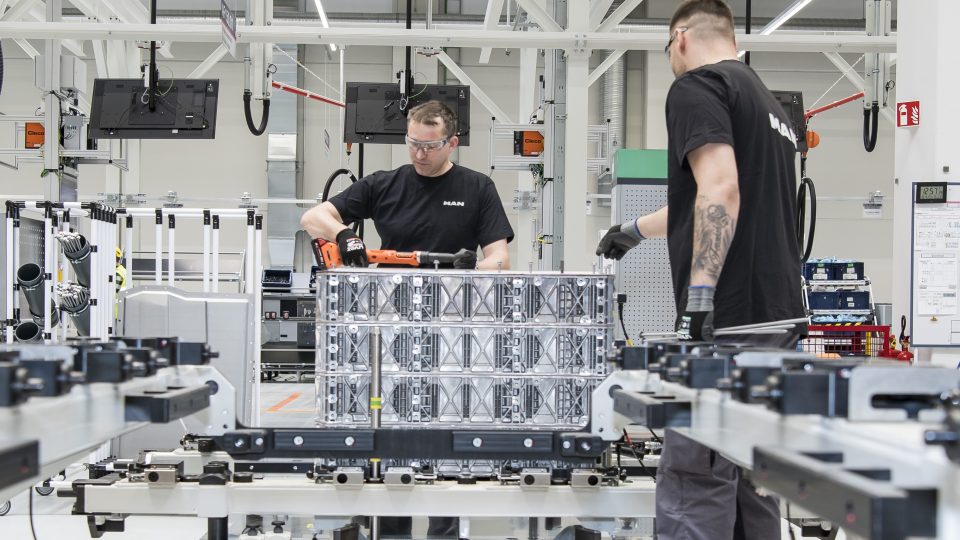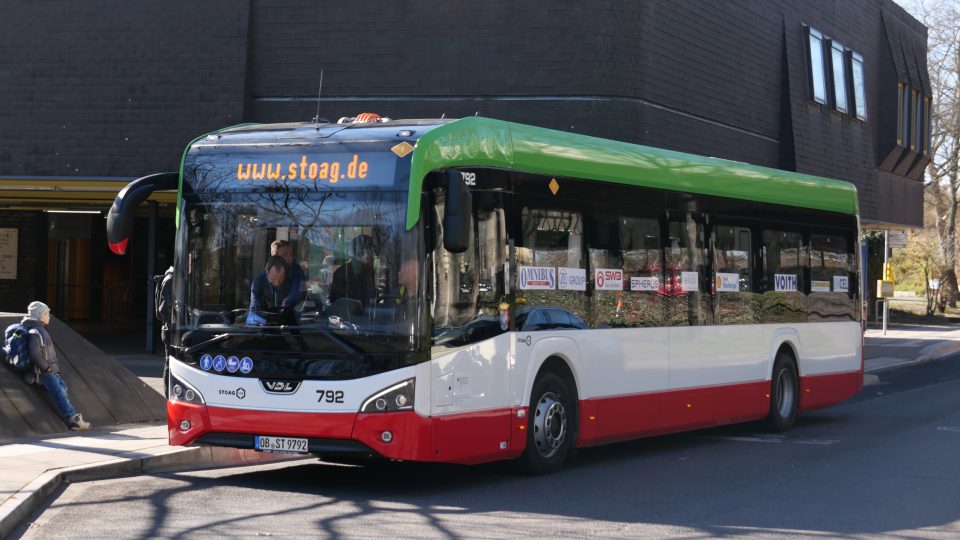«A platform ready for the future». Goal: 800 to 1,000 new VDL Citea per year. Interview with Alex De Jong
New markets in the spotlight, a product with lots of technical innovations, a straight focus on electrification of public transport. Alex De Jong, Business Manager Public Transport at VDL Bus & Coach, answers some questions from Sustainable Bus in the framework of the launch of the Citea New Generation, recently at InnoTrans. The 12.2-meter LF […]

New markets in the spotlight, a product with lots of technical innovations, a straight focus on electrification of public transport. Alex De Jong, Business Manager Public Transport at VDL Bus & Coach, answers some questions from Sustainable Bus in the framework of the launch of the Citea New Generation, recently at InnoTrans.
The 12.2-meter LF was on display at InnoTrans. The range is composed by five lenghts, which is the timeline for the other launches?
«We have started with the 12.2-meter Low Floor, the next step will be, by end of this year, the 12.2 Low Entry version. Next year we’ll add the articulated version and the 13.5-meter».
When is series production going to begin?
«In Q4 2022 we will start deliveries to customers».

Where will the new Citea be produced?
«We start in the current plant in Eindhoven (Valkenswaard), we have adapted our production site with a new production line for the new generation models. Then from next year we’ll begin production also in the new plant in Roeselare. We will increase volumes first in Valkenswaard and from next year we will have two factories producing the Citea New Generation».
Which production capacity will you be targeting?
«We are looking to reach 800 to 1,000 vehicles a year. We hope to get there in the next 2 to 3 years».
“We want to be back leading the e-bus market”
Up to 2019 VDL was the leader in the e-bus market in Europe. Then for a couple years you have been lagging behind… until this year when you are again at the first place in the market for the period January – June. What happened?
«Our goal is to be back leading the market. In the last few years there were many more entrants in the e-bus market. Also, the e-bus market has been increasing all over Europe, but we were not present in all countries. We aim to build up on this»
Indeed you mentioned a ‘going South’ commercial strategy. Which countries you are targeting, which timing?
«We usually increase our market reach by an average of one country per year. We want to grow step by step. We always start in a new country with a couple projects, we get familiar with the context and the organization of service, with support from HQ, and then we make the next steps. Going South means France and Italy as the next country which we have stepped in».
Do you think the Clean Vehicle Directive is a sufficient tool to speed up the e-bus market in Europe?
«I’d say that it’s enough In Nordic and Western part of Europe, where most of the countries are even ahead of the CVD quotas. In the Eastern part of Europe the situation is of course different».
VDL Citea New Generation: ready for innovations
We have been mentioning floor-mounted batteries and composite side panels as some of the main features of the new Citea, when it comes to innovation. Any other aspects you’d be willing to underline?
«We have been working a lot on the climate system, which acts in combination with conditioning of batteries. Therefore, we have a fully integrated climate system: we use the same system for the driver zone, for the two zones of the passengers compartment and for the batteries. In that way we manage to reduce energy consumption».
In 2020 VDL announced a deal with CATL for battery supply. However, CATL produces LFP batteries and the new Citea features NMC modules. Is the agreement with CATL still in force?
«Yes, we are still using CATL batteries for the existing Citea range».
Any hydrogen version in sight? If yes, will it be based on the same platform of the new Citea?
«This new platform is ready for the future. It’s ready for new developments such as ADAS systems and autonomous driving technologies. We developed in such a way that we don’t need to completely redesign in the moment we get a new system. With hydrogen is the same: after all it’s based on electric driveline. This vehicle is ready for the future, but we will not have a hydrogen version available at the moment. The market is increasing, preparations on our side are underway, but not yet decided when and when to introduce it».







